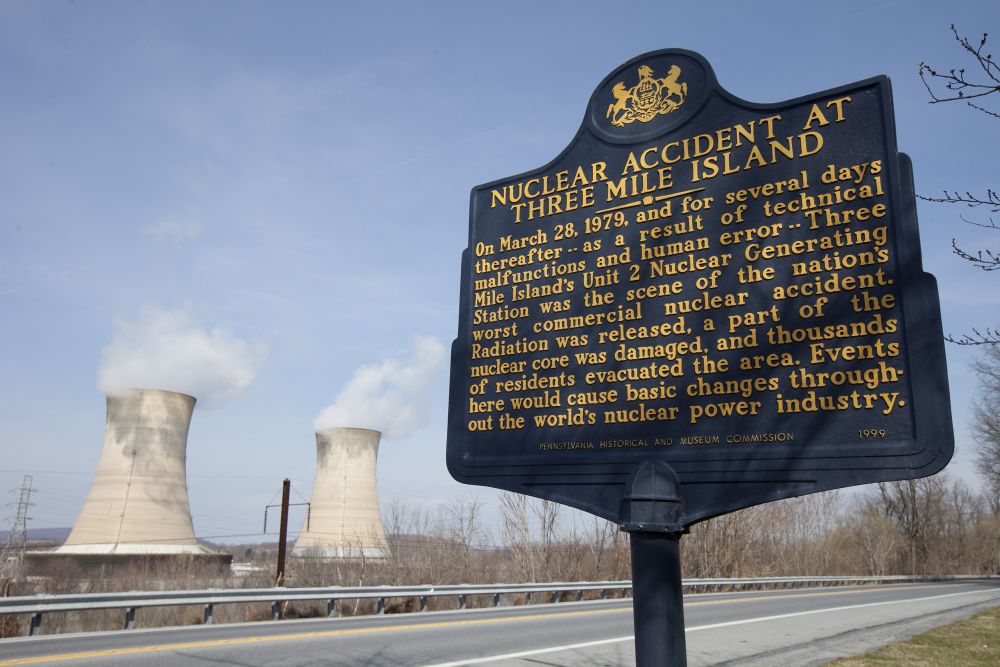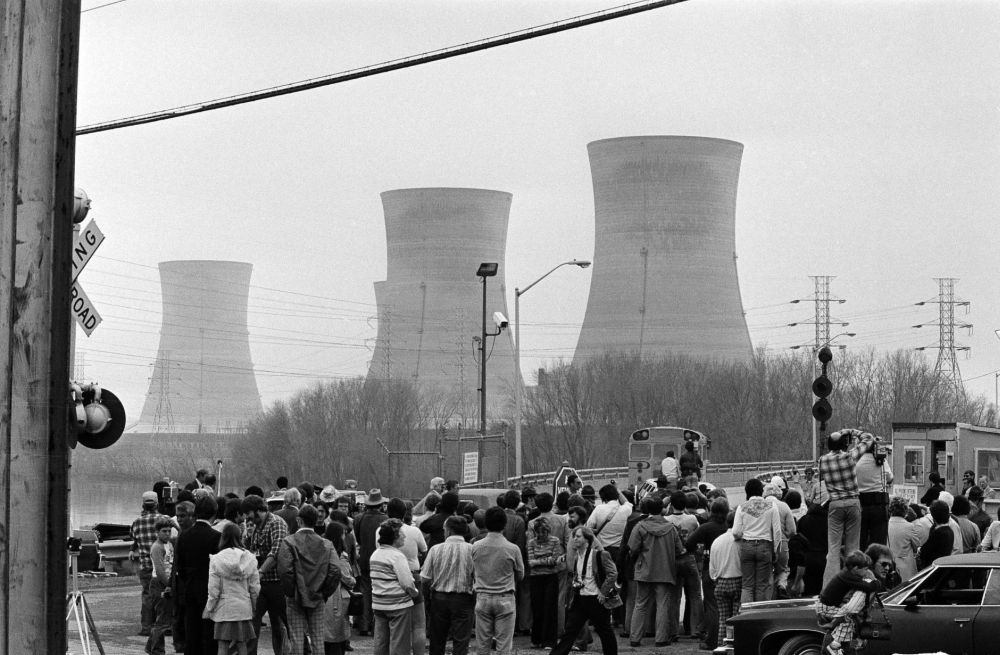Three Mile Island, infamous for the partial meltdown of its Unit Two reactor in 1979, is being considered for reopening. This move reflects a growing acceptance of nuclear energy as a viable and nearly carbon-free power source in the face of rising energy demands and costs. The potential reopening would focus on Unit One, which remained operational until 2019 but was shut down due to competition from subsidized natural gas.

The discussions around reopening the plant are beyond preliminary stages, with Constellation Energy exploring the feasibility amidst economic, commercial, and regulatory considerations. The 1979 incident, which had minimal environmental impact and no detectable health effects on the surrounding population, left a lasting stigma. However, recent studies and growing public support have contributed to a reevaluation of nuclear power’s role in the U.S. energy mix.

Interest in nuclear energy has surged, with the Department of Energy backing initiatives to convert old coal plants to nuclear facilities. This shift aims to preserve jobs and reduce carbon emissions, positioning nuclear power as a key player in future energy strategies. Despite these advancements, political and public opposition remains a significant hurdle, as evidenced by the closure of the Indian Point plant in New York, which led to higher electricity costs and increased CO2 emissions.

Public opinion has notably shifted, with a Pew Research report indicating that 57 percent of Americans now favor expanding nuclear energy, up from 43 percent in 2020. This growing support is crucial as the U.S. navigates the complexities of energy transition, balancing environmental concerns with the need for reliable, affordable power sources. The potential reopening of Three Mile Island could set a precedent for other shuttered nuclear plants across the country.

